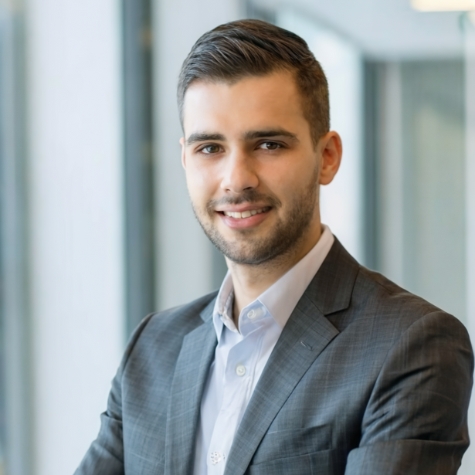The Hancock bird, a creature of mystery and wonder, has long captivated the imagination of Americans. With its striking appearance and enigmatic presence, this remarkable bird has woven itself into the fabric of our nation’s cultural tapestry. From ancient myths to modern conservation efforts, the Hancock bird’s symbolism and significance have evolved, yet remained consistently powerful.
In this exploration of Hancock bird meaning and symbolism, we’ll soar through history, delve into folklore, and uncover the bird’s crucial role in our ecosystems. We’ll discover how this feathered icon has come to represent freedom, wisdom, and resilience – values deeply cherished in American culture.
Whether you’re a nature enthusiast, a cultural historian, or simply curious about the hidden meanings in our natural world, the story of the Hancock bird offers a fascinating journey through time, nature, and the American spirit.
Historical and Cultural Context
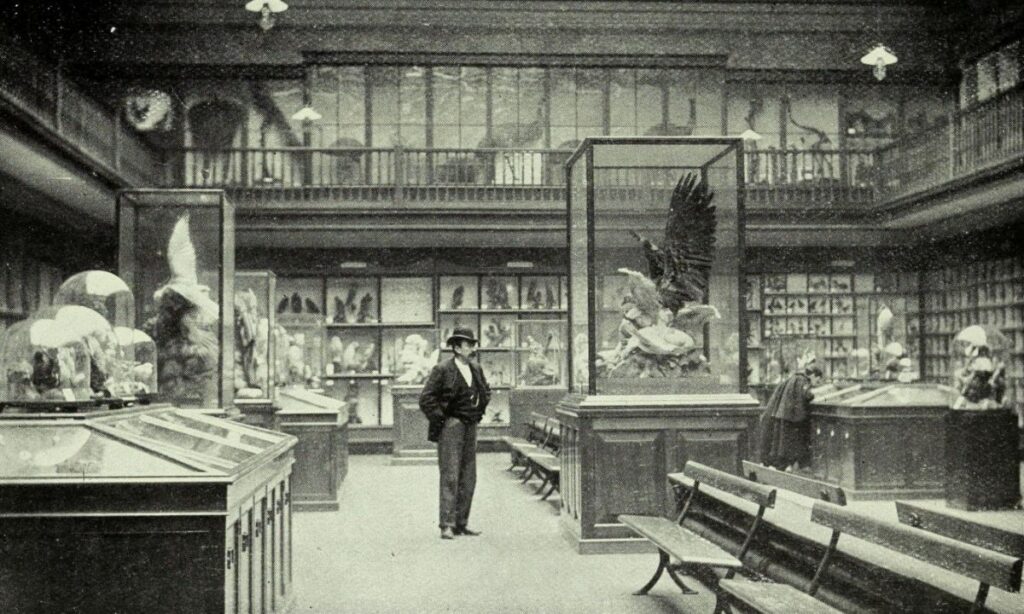
The Hancock bird’s story is deeply intertwined with the fabric of American history, its significance stretching back to the earliest days of human habitation on this continent.
Native American tribes viewed this bird as a powerful spirit animal, often associating it with wisdom and foresight.
In many ancient myths, the Hancock bird was seen as a messenger between the earthly realm and the spirit world, carrying important omens and spiritual insights.
Native American Legends
Among various tribes, the Hancock bird held a place of honor in their folklore:
- The Cherokee believed the bird could predict weather patterns and warn of impending storms.
- In Lakota mythology, the Hancock bird was a symbol of strength and protection.
- The Hopi saw the bird as a guardian of the sky, watching over the tribe from above.
These beliefs underscore the deep spiritual connection many indigenous cultures felt with the Hancock bird, viewing it as a link between the physical and spiritual worlds.
Early American Settlers
As European settlers arrived on American shores, they too found themselves captivated by the Hancock bird’s presence. As they pushed westward, encounters with this majestic creature became part of the frontier experience, seeping into folklore and shaping the emerging American identity.
Pioneers often saw the bird as a good omen, its appearance signaling favorable conditions for settlement or successful hunts. This positive association helped cement the Hancock bird’s place in early American culture, making it a symbol of hope and new beginnings.
Literary and Artistic Representations
In literature and art, the Hancock bird has left an indelible mark. Notable works featuring this bird include:
- John James Audubon’s detailed illustrations in “Birds of America”
- Emily Dickinson’s poem “Hope is the thing with feathers”
- Contemporary artist James Prosek’s watercolor series on American birds
- Herman Melville’s references in “Moby-Dick”
- Walt Whitman’s celebratory verses in “Leaves of Grass”
These artistic representations have helped cement the Hancock bird’s place in our cultural consciousness, making it a symbol of both natural beauty and national pride. Through these works, the bird has become a metaphor for freedom, resilience, and the untamed spirit of America.
The Symbolic Meaning of the Hancock Bird
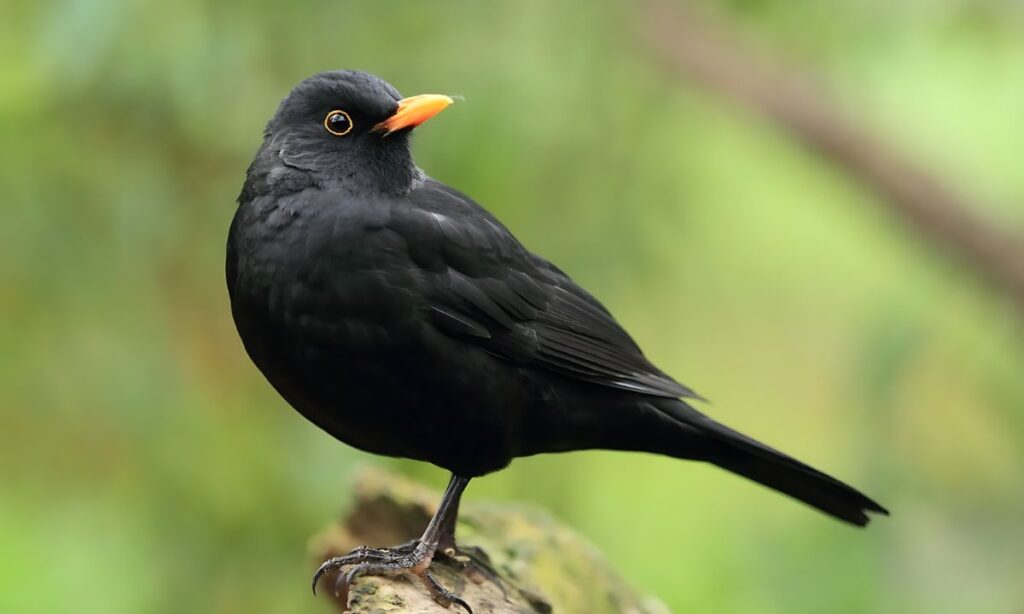
The Hancock bird carries a wealth of symbolic meaning, resonating deeply with American values and ideals. Let’s explore some of these significant associations:
- Freedom and Independence The Hancock bird’s soaring flight and far-reaching territory have long been associated with the concepts of freedom and independence. This connection to core American values has made the bird a powerful symbol in political rhetoric and patriotic imagery. From the early days of the republic to modern times, the image of the Hancock bird has been invoked to inspire feelings of liberty and self-determination.
- Wisdom and Foresight Ancient beliefs about the Hancock bird’s keen eyesight and ability to predict weather patterns have led to its association with wisdom and foresight. In modern contexts, this symbolism extends to business and leadership, where “Hancock bird vision” is sometimes used as a metaphor for strategic thinking and long-term planning.
“To see with the clarity of a Hancock bird is to understand not just what is, but what could be.” – Dr. Amelia Thornton, Ornithologist - Adaptability and Resilience The Hancock bird’s ability to thrive in diverse habitats showcases its adaptability. This trait has inspired many tales of perseverance in American folklore, teaching lessons about overcoming adversity and adapting to change. From urban environments to remote wilderness, the Hancock bird’s presence serves as a reminder of nature’s resilience and the importance of flexibility in the face of challenges.
- Spiritual Significance In many spiritual traditions, the Hancock bird is seen as a messenger from the divine. Its ability to soar to great heights is often interpreted as a connection between earth and sky, the physical and the spiritual. This symbolic meaning has made the Hancock bird a popular motif in religious art and literature, representing the human soul’s aspiration to transcend earthly limitations.
The Importance of the Hancock Bird in Natural History
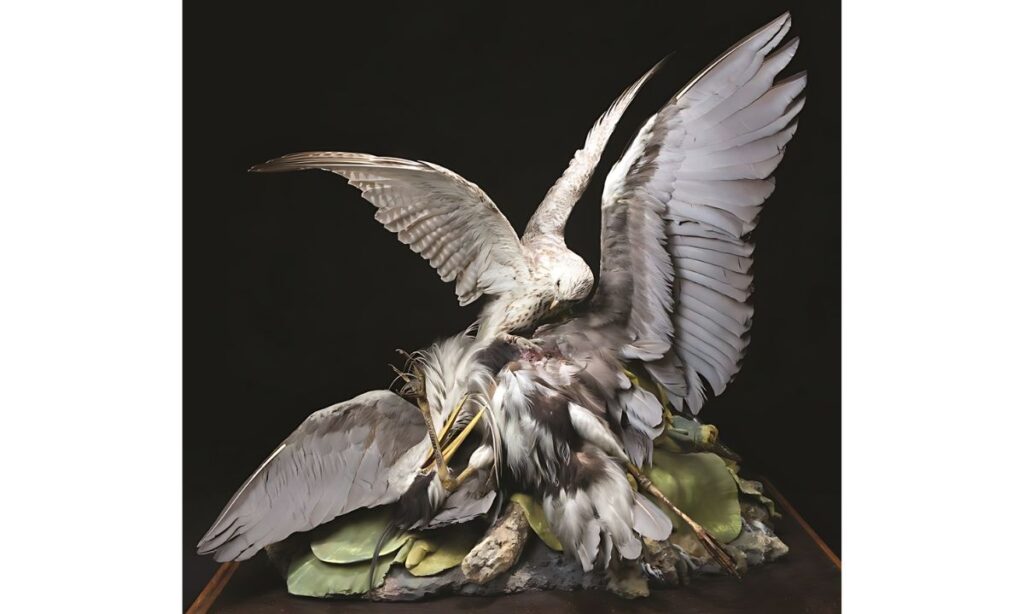
Beyond its cultural significance, the Hancock bird plays a crucial role in our ecosystems. Understanding its place in natural history helps us appreciate its broader importance:
Ecological Role
The Hancock bird serves as both predator and prey, helping to maintain balance in its habitat. As a top predator, it helps control populations of smaller animals, preventing overgrazing and maintaining ecosystem health. As a seed disperser, it contributes to forest regeneration and biodiversity, spreading seeds over wide areas through its droppings.
Its presence or absence in an ecosystem can indicate overall environmental health, making it a valuable species for ecological studies. Scientists often use Hancock bird populations as a barometer for the overall health of an ecosystem, as these birds are sensitive to changes in their environment.
Evolutionary Significance
The Hancock bird’s unique adaptations provide insight into evolutionary processes. Its specialized features offer clues about past environmental pressures and dietary shifts:
| Adaptation | Function | Evolutionary Significance |
| Hooked beak | Tearing prey | Shift to carnivorous diet |
| Keen eyesight | Spotting prey from afar | Development of hunting strategy |
| Powerful talons | Grasping and carrying prey | Adaptation to tree-dwelling lifestyle |
| Aerodynamic wing shape | Efficient long-distance flight | Migratory behavior development |
| Specialized feathers | Heat regulation and waterproofing | Adaptation to diverse climates |
These adaptations not only showcase the bird’s evolutionary journey but also provide valuable insights into how species adapt to changing environments over time.
Hancock’s Bird in Conservation
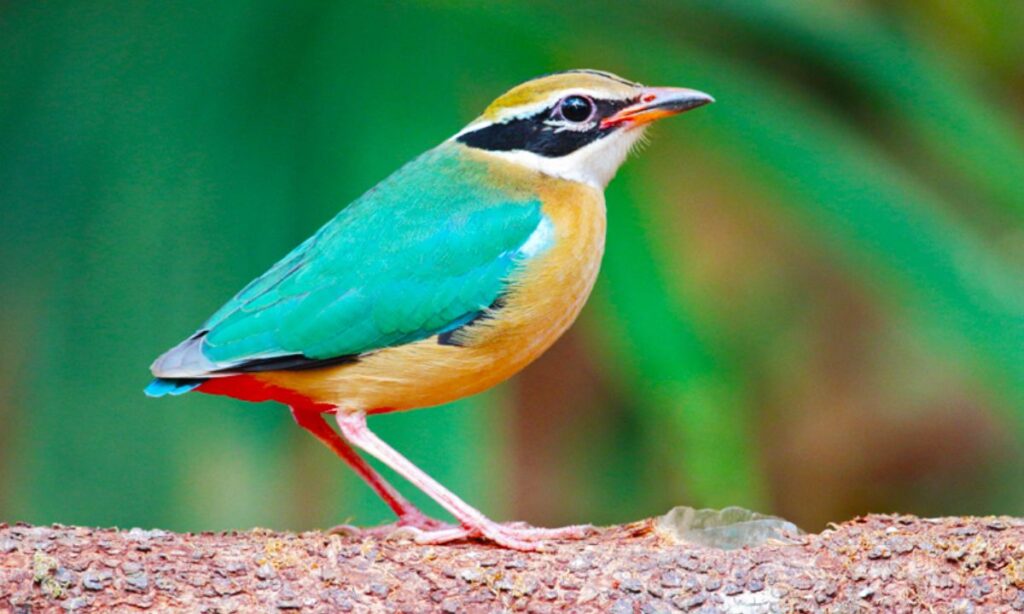
Despite its cultural and ecological importance, the Hancock bird faces numerous challenges in the modern world. Conservation efforts are crucial to ensure its survival and continued significance.
Current Conservation Status
The Hancock bird’s population has seen significant declines due to:
- Habitat loss from urbanization and deforestation
- Climate change affecting breeding patterns and food availability
- Pollution impacting food sources and overall health
- Human persecution, including illegal hunting and accidental poisoning
According to recent studies, some Hancock bird populations have declined by up to 30% in the last three decades, raising alarm among conservationists and bird enthusiasts alike.
Conservation Efforts
Numerous organizations are working tirelessly to protect the Hancock bird:
- The Hancock Bird Society: Focuses on habitat preservation and public education. They run nationwide programs to create protected nesting sites and conduct regular surveys of bird populations.
- National Audubon Society: Conducts regular population surveys and advocates for protective legislation. Their “Hancock Bird Watch” program engages citizen scientists in monitoring local populations.
- Local wildlife rehabilitators: Care for injured birds and release them back into the wild. These unsung heroes often work on shoestring budgets to give injured Hancock birds a second chance at life.
- International partnerships: Collaborative efforts between U.S. conservation groups and those in other countries along the Hancock bird’s migratory routes are crucial for protecting the species throughout its range.
Case Study: The Hancock Bird Comeback in Yellowstone
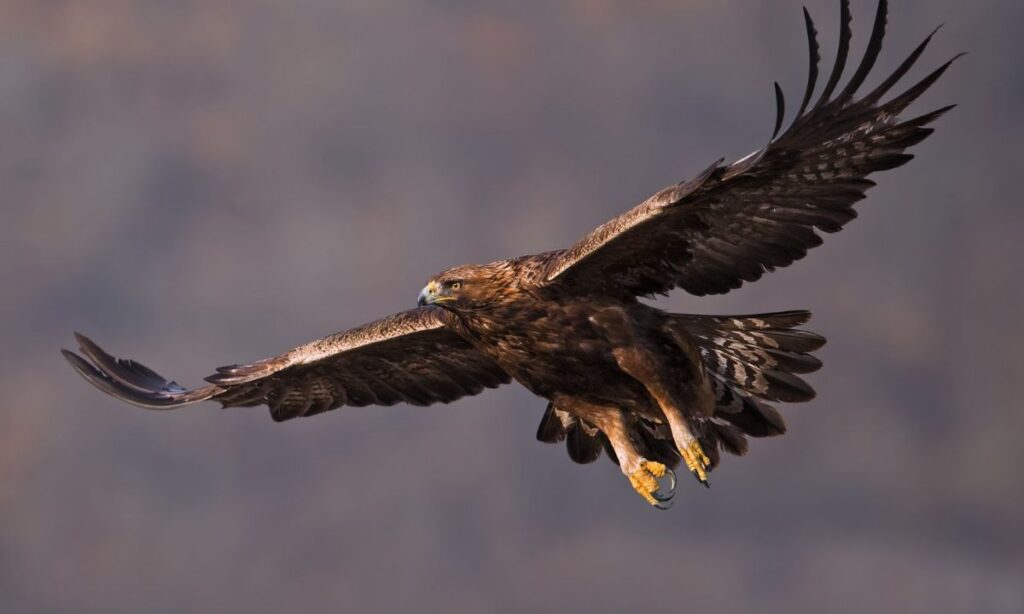
In the 1980s, Hancock bird populations in Yellowstone National Park had dwindled to dangerous levels due to environmental pollutants. Through a concerted effort involving habitat restoration, strict pollution controls, and a captive breeding program, the population has since rebounded. By 2020, the number of nesting pairs in the park had increased by 200%, showcasing the potential for success when conservation efforts are well-planned and consistently implemented.
How You Can Help
Individuals can play a crucial role in Hancock bird conservation:
- Participate in citizen science projects like the annual Hancock Bird Count
- Support conservation organizations through donations or volunteering
- Create bird-friendly spaces in your backyard by planting native species and reducing pesticide use
- Advocate for policies that protect wildlife habitats and address climate change
- Educate others about the importance of the Hancock bird and its conservation
Final Thoughts
The Hancock bird, with its rich symbolic meaning and vital ecological role, stands as a testament to the interconnectedness of culture and nature. From ancient myths to modern conservation efforts, this remarkable creature continues to captivate our imagination and inspire our actions.
As we move forward, let’s carry the lessons of the Hancock bird with us – its resilience, its adaptability, and its enduring spirit. By understanding and protecting this magnificent species, we not only preserve a piece of our natural heritage but also honor the values and ideals it has come to represent in American culture.
Whether you’re a bird enthusiast, a cultural historian, or simply someone who appreciates the wonders of the natural world, the story of the Hancock bird offers something for everyone. So next time you spot one of these majestic creatures soaring overhead, take a moment to reflect on its deep significance and the important role we all play in ensuring its future.
